Frank Thormählen, MD, is a specialist in orthopedics and trauma surgery, and his main areas of expertise include sports medicine and medical training therapy. In addition to his medical work in the practice of Dr. Buchholz & Partner Center for Orthopedics Hamburg, he actively shares his knowledge: as a continuing education officer of the Hamburg Medical Association, as an academic lecturer at the Christian Albrecht University of Kiel as well as the founder of the "Neustädter Sportkolloquium" for the education and training of sports physicians in northern Germany. In addition, Dr. Thormählen is a member of the expert pool of the German Society for Sports Medicine and Prevention (Deutscher Sportärztebund).
myostyle: Electrical muscle stimulation (EMS) is a treatment method that modern rehab centers can hardly imagine doing without. How long has this technique been around and how long did it take to become established?
Frank Thormählen, MD: Historically, electrotherapy was founded by the German scientist Christian Gottlieb Kratzenstein, who published his "Treatise on the Usefulness of Electricity in Medical Science" in 1744. After various experiments on treatment with electricity, the first devices were then developed in the mid-20th century, the functional principle of which is comparable to today's EMS devices. Since the 1990s, EMS has been used in various neurological fields.
myostyle: Nowadays, EMS is used for rehabilitation after accidents, among other things. How does it work, what happens exactly?
Frank Thormählen, MD: The fundamental working principle of EMS is to improve performance through passive muscle stimulation. "Passive" means that muscle contraction is not actively induced by the brain, as normally happens. Instead, the muscle is contracted by external electrical impulses - in a very targeted and controlled manner.
Accidents frequently require longer periods of inactivity - and this leads to a reduction in muscle mass. Here, passive muscle stimulation via EMS can help to specifically rebuild the muscles or preventively counteract muscle atrophy..
myostyle: In your opinion, which types of accidents make the use of EMS especially useful - and what is the best time to start EMS treatment?
Frank Thormählen, MD: The type of accident is not as important in this case as the inactivity required during the healing phase. Both bone fractures and joint injuries may require immobilization for several weeks, and in some cases even several months. Here, depending on the individual conditions, EMS can be used to maintain the musculature or to rebuild muscles that have already been degenerated.
And yes, the right timing is important here: I would not recommend EMS treatment after fresh accidents, but only from the middle stage of wound healing: When the inflammatory reaction has subsided, if necessary, when the joint is freely movable again, EMS can strengthen the muscles. Sometimes EMS is also used in combination with ice or cold treatment.
myostyle: Are there cases in which the use of EMS in the context of rehabilitation measures does not seem to make sense?
Frank Thormählen, MD: Of course there are such cases. EMS would be definitely inappropriate for open wounds or injuries - the electrode pads should only be used on healthy skin.
Restraint would be necessary in cases of epilepsy or other neurological diseases, also in patients with cardiac pacemakers and in pregnant women: The use of EMS is not fundamentally excluded here, but requires particularly careful consideration and increased precaution.
Prosthetic devices, such as an artificial hip or knee joint, may also be a relative contraindication to EMS treatment.
myostyle: Do you see EMS as an alternative to classic rehabilitation measures or rather as a useful addition to the well-established therapeutic range?
Frank Thormählen, MD Certainly the second, in addition to EMS: A modern rehabilitation program always combines several procedures to achieve the best possible result for the patient. So the various physical therapies together with the physiotherapeutic exercises - they all belong together and that's where EMS is a valuable addition.
myostyle: How does the use of EMS for rehabilitation purposes compare to its use in healthy individuals?
Frank Thormählen, MD: A rehabilitation program requires intensive care because it is individually designed and constantly adjusted. You have to guide the patient, check the development and get feedback - what is pleasant, what hurts... and keep re-adjusting accordingly.
A healthy person(s), on the other hand, can also train alone with EMS after a detailed introduction. Since there are good, standardized training plans for the different workout levels and requirements. You can also set your fitness goals and gradually increase your strength and energy levels - but of course, you should do this mindfully in order to avoid overloading the muscles.
myostyle: Finally, let's take a look into the future: What developments do you expect in the field of EMS? Has the potential of this technology already been exhausted or do you think there is still room for improvement?
Frank Thormählen, MD: In principle, rehabilitation with electrical muscle stimulation is an interesting field that, in my opinion, is not yet sufficiently established - or rather has been unfairly neglected. This is also related to the area of treatment, because, as I said, it requires extensive care - and unfortunately, that is often neglected.
From the point of view of sports medicine, the procedure has been recognized for a long time and achieves good results, also in combination with ultrasound. In addition to muscle stimulation (EMS), there is also second procedure that uses electrical impulses - transcutaneous electrical nerve stimulation (TENS), which is used in particular for pain relief. This shows that the various forms of electrotherapy have a lot of potential, and I hope that therapists and physicians will continue to explore and use them as a complementary therapeutic method.

